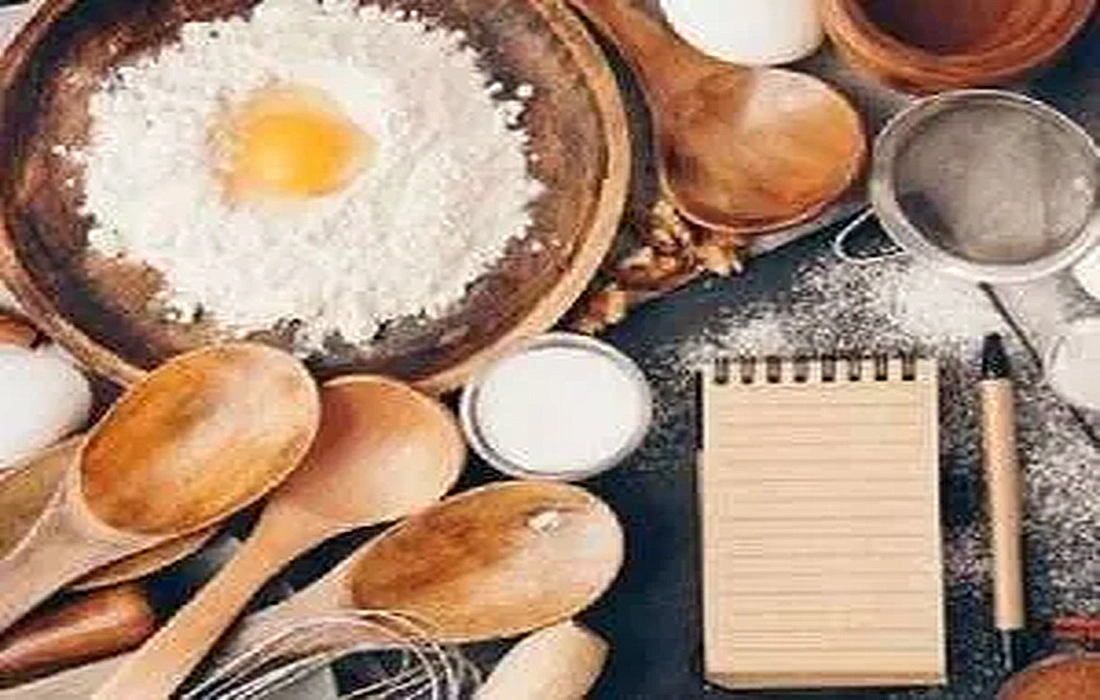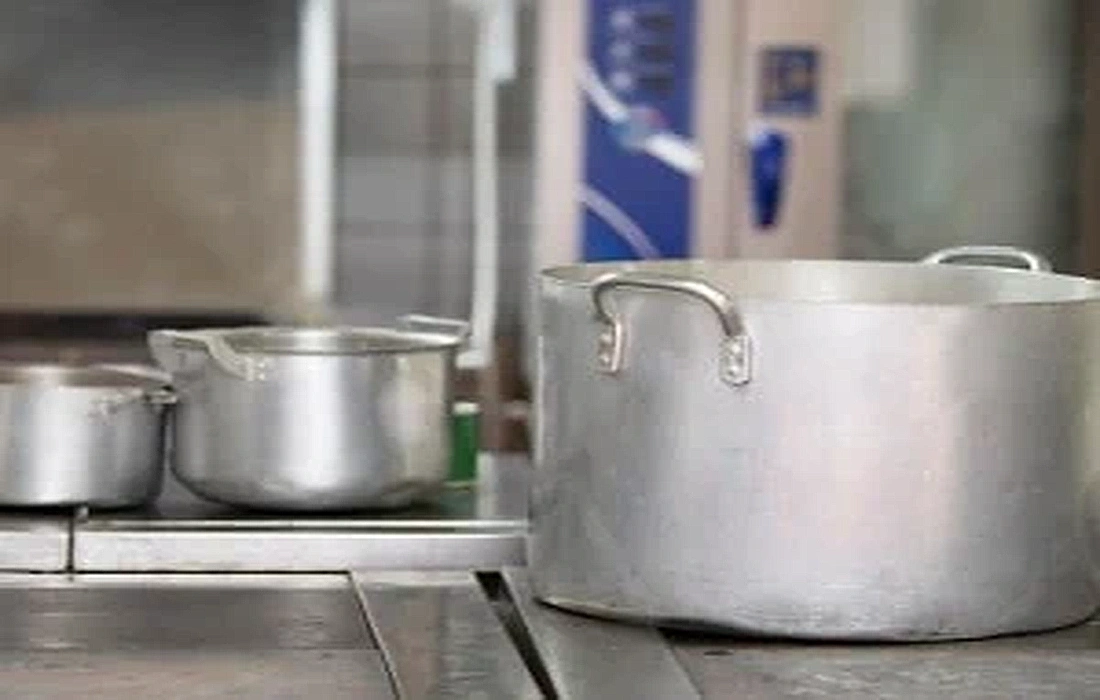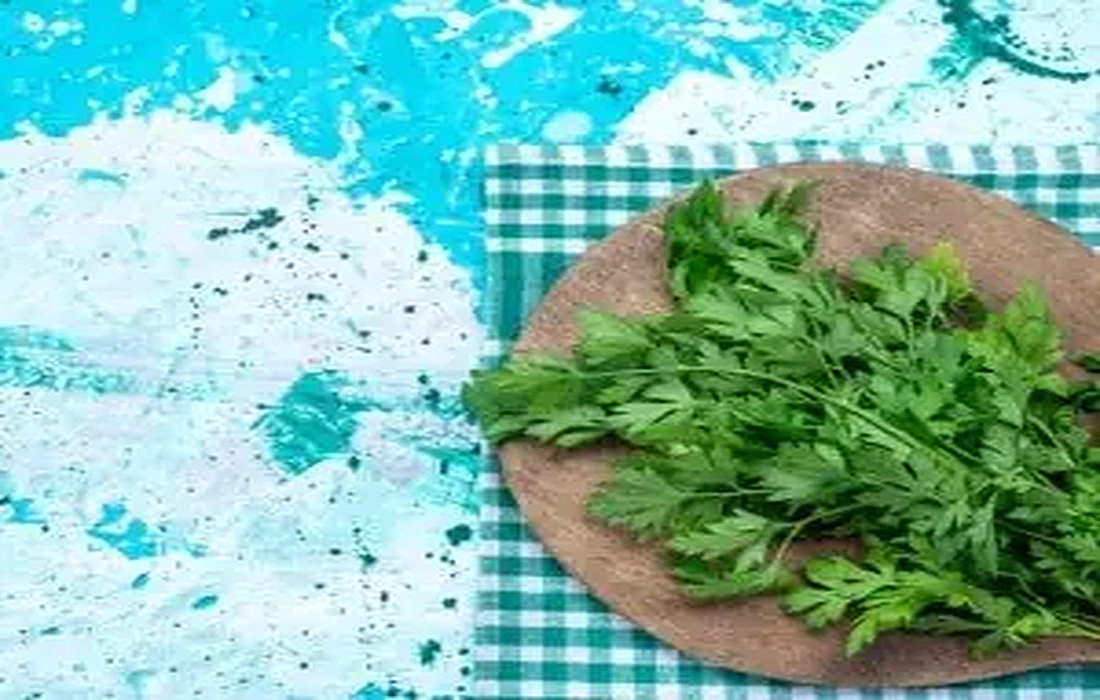Cooking Measurements
The first step in making tasty food, cakes, and cookies is preparing and measuring ingredients correctly. Usually, measuring cups are used to express the required amount of ingredients. Accurate measurement is essential; otherwise, the desired results may not be achieved. In this section ofSelMagzwe will introduce you to different measuring cups and how to use themfor food ingredientsand their proper use.
Reasons for Measuring Food Ingredients with Cups
Despite more accurate tools like kitchen scales, the reason for using cups to measure lies in:
In the past, kitchen scales were considered luxury and expensive, and many people couldn’t afford them.
Using cups is simpler than scales, and most home recipes are written based on cups.
Cups are lightweight, portable, and easy to handle compared to scales.
Cups have a fixed volume, and cups are used for measurements in international cooking recipes.
While scales are more precise, you should know thatbakingif you are interested in baking, it’s recommended to have both common measuring tools (cups and spoons) at home.

Types of measuring cups
As mentioned, cups have a fixed volume and measure ingredients by volume. You can buy various measuring cups, spoons, and graduated pitchers from baking shops.
Measuring cups come in different materials such as stainless steel, plastic, or ceramic. The standard four-piece set includes 1 cup, 1/2 cup, 1/3 cup, and 1/4 cup measuring cups. Full sets also include 1/8 cup and 2/3 cup cups. For recipes calling for “three-quarters,” “three-eighths,” etc., you can use the 1/4 cup cup three times or the 1/8 cup cup three times.
If a standard measuring cup is not available
you can use a cup with a handle as a substitute for measuring ingredients in baking. When ingredients are expressed in cups, you can use a measuring cup instead.
One cup is equal to one standard glass.
One cup of water equals 200 grams (two deciliters), and one glass of water weighs 200 grams.
One cup of flour:150 grams
One cup of sugar:230 grams
One cup of raisins:180 grams
One cup of powdered sugar:160 grams
One cup of shredded coconut:90 grams
One cup of liquid oil:220 grams
One cup of yogurt:200 grams
Another cup of flour:150 grams
Another cup of sugar:230 grams
Another cup of raisins:180 grams
Another cup of powdered sugar:60 grams
One cup of shredded coconut, pistachios, or walnuts:100 grams
If you are using a cup:
1 cup of flour:140 grams
Three-quarters of a cup of flour:105 grams
Two-thirds of a cup of flour:95 grams
Half a cup of flour:70 grams
One-quarter of a cup of flour:35 grams
One cup of sugar:200 grams
Three-quarters of a cup of sugar:150 grams
Two-thirds of a cup of sugar:135 grams
Half a cup of sugar:100 grams
One-third of a cup of sugar:70 grams
One-quarter of a cup of sugar:50 grams
One cup of milk:245 grams
Three-quarters of a cup of milk:185 grams
Two-thirds of a cup of milk:165 grams
Half a cup of milk:120 grams
One-third of a cup of milk:80 grams
One-quarter of a cup of milk:60 grams

If you don’t have a scale and the ingredients are listed by weight in grams
If a scale is not available and your recipe calls for ingredients by weight (grams), you can easily convert and measure with cups.
One cup of flour:125 grams
One cup:StarchCorn:125 grams
One cup of corn flour:150 grams
One cup of butter:200 grams
One cup of sugar:200 grams
One cup of sugarCoffeegrams:210 grams
One cup of cocoa powder:100 grams
One cup of powdered sugar:120 grams
One cup of liquid oil:224 grams
One cup of yogurt:240 grams
One cup:ChocolateChips:170 grams
One cup of chopped almonds, walnuts,hazelnutscut into pieces:100 grams
One cup of raisins:150 grams
One cup of milk:200 grams (two deciliters)
If you don’t have cups or scales at home, convert ingredients to measuring spoons:
1 cup :16 tablespoons : 48 teaspoons
Three-quarters of a cup :12 tablespoons : 36 teaspoons
Two-thirds of a cup :11 tablespoons : 32 teaspoons
Half a cup :8 tablespoons : 24 teaspoons
One-third of a cup :5 tablespoons : 16 teaspoons
One-quarter of a cup :4 tablespoons : 12 teaspoons
One-eighth of a cup :2 tablespoons : 6 teaspoons
One-sixteenth of a cup :1 tablespoon : 3 teaspoons

Measuring ingredients with spoons
1 tablespoon of flour:10 grams
1 tablespoon of sugar:15 grams
1 tablespoon of powdered sugar:10 grams
1 tablespoon of cornstarch:7 grams
1 tablespoon of milk:15 grams
1 tablespoon of oil:20 grams
1 tablespoon of white flour:15 to 20 grams
1 tablespoon of cream:25 grams
1 tablespoon of shredded coconut, chopped almonds, walnuts, or hazelnuts:20 grams
1 tablespoonWalnutsorAlmondsor chopped hazelnuts:15 grams
1 tablespoon of honey:30 grams
1 tablespoon of butter:20 grams
1 tablespoon of yeast:10 grams
1 tablespoon of corn starch:15 grams
1 tablespoon of gelatin powder:15 grams
1 tablespoon of yogurt:25 grams
1 tablespoon of flour:10 grams
1 tablespoon of sugar:12 grams
1 tablespoon of powdered sugar:10 grams
1 tablespoon of cornstarch:7 grams
1 tablespoon of oil:20 grams
1 tablespoon of yogurt:25 grams
1 tablespoon of flour:20 grams
1 tablespoon of cocoa powder:10 grams
1 tablespoon of cream:25 grams
1 tablespoon of honey:30 grams
1 tablespoon of yeast:10 grams
1 tablespoon of butter:20 grams
1 tablespoon of ground walnuts, coconut, or pistachios:20 grams
How to Measure with Cups
Measuring Powdered Ingredients with Cups:
To measure powdered ingredients like flour, starch, oats, white sugar, powdered sugar, cocoa powder, coffee, etc., follow these steps:
First, stir the ingredients to loosen them because packing them tightly into the cup leads to inaccurate measurements and contains more than the required amount.
Choose the appropriate cup, fill it with a spoon, and never push the cup into the ingredients as this compresses them and causes over-measurement. Level the top with a knife or spatula, then transfer the measured ingredient into your container.
Measuring wet ingredients with cups:
wet ingredients such as
yogurt,cream,honey,butter, brown sugar, peanut butter, Nutella, etc., need to be packed into the measuring cup. Fill the cup with a spoon and press the contents with the back of a spoon or spatula. For yogurt and cream, gently tap the cup on a surface to release air bubbles.Measuring liquids with cups:
If measuring liquids like milk, water, or oil, fill the cup to the top and pour into a container. This can be tricky, so using a graduated pitcher is recommended.
Measuring spoons:
As mentioned in SelMagz, some ingredients cannot be measured with cups and require spoons, such as salt, baking powder, baking soda, etc., especially for small quantities.
Measuring spoons are available in sets of four to six, made of stainless steel or plastic, and differ from cooking spoons in size.The largest spoon in a six-piece set is called “one tablespoon,” the second is “half tablespoon,” the third “one teaspoon,” and the fourth “half teaspoon.”On spoons, you’ll see “Tablespoon” or abbreviated as “tbs” or “tbsp,” and for teaspoons, “teaspoon” or “tsp.”
If a recipe calls for “three-fourths teaspoon,” you should fill a quarter teaspoon spoon three times.
When measuring dry ingredients with these spoons, stir them first, then fill the spoon and level it in the container. For liquids, fill the spoon directly.
Measuring with graduated pitchers:
For easier measurement of large quantities of liquids, use a graduated pitcher. These are available made of glass or plastic with milliliter markings. Do not use the pitcher for measuring dry ingredients or small amounts of liquids—stick to cups and spoons for those.

To measure liquids with a graduated pitcher, place it on a flat surface, pour the liquid up to the desired mark, and ensure the liquid reaches just below the top line on the scale.
How to measure with cups
Cooking measurements







